In today's fast-paced and competitive digital landscape, managing social media can be a challenging task. It requires time, effort, and expertise to create compelling content, engage with your followers, and stay on top of the latest social media trends. This is where virtual assistants come in handy. A virtual assistant can help you manage your social media presence, streamline your workflow, and increase your productivity. In this article, we will explore the benefits of using a virtual assistant to manage your social media.
1. Saves time and increases productivity
Managing social media can be a time-consuming task, especially if you are running a business or managing multiple social media accounts. By hiring a virtual assistant, you can delegate tasks such as creating and scheduling posts, responding to messages, and monitoring your analytics. This allows you to focus on other important tasks such as developing your business strategy, improving your products, and providing excellent customer service. By outsourcing your social media tasks, you can increase your productivity and achieve better results.
2. Expertise and knowledge
Virtual assistants who specialize in social media have the expertise and knowledge to create engaging content, manage your social media campaigns, and stay up-to-date with the latest trends. They can help you create a social media strategy, identify your target audience, and create content that resonates with your followers. A virtual assistant can also provide valuable insights into your social media analytics and help you make data-driven decisions.
3. Consistent brand image
Consistency is key when it comes to social media branding. By working with a virtual assistant, you can ensure your brand's voice and messaging remain consistent across all your social media channels. Your virtual assistant can help you create a social media style guide, which outlines your brand's tone, voice, and messaging. This ensures your brand image is consistent, professional, and aligned with your business goals.
4. Cost-effective
Hiring a virtual assistant is a cost-effective way to manage your social media. Unlike hiring an in-house social media manager, a virtual assistant is not a full-time employee. This means you only pay for the hours worked, and you don't have to worry about employee benefits, training, or overhead costs. This makes virtual assistants an affordable option for small businesses or individuals who want to manage their social media presence without breaking the bank.
5. Flexibility and scalability
One of the benefits of working with a virtual assistant is flexibility. Virtual assistants are available on-demand and can work on a project basis or an ongoing basis. This means you can hire a virtual assistant to manage your social media during peak seasons, events, or product launches. Virtual assistants can also scale their services based on your business needs. For example, if you are launching a new product, your virtual assistant can increase their workload to help you manage your social media campaigns.
Conclusion
In conclusion, managing social media can be a time-consuming and challenging task. By hiring a virtual assistant, you can delegate your social media tasks to a professional, save time, increase your productivity, and improve your social media presence. Virtual assistants offer expertise, cost-effectiveness, scalability, and flexibility, making them an excellent choice for businesses and individuals who want to manage their social media presence efficiently.
If you're looking for a reliable and professional virtual assistant to manage your social media, look no further than My BTLR. Our team of experienced virtual assistants can help you create engaging content, increase your social media presence, and save you time and money. Contact us today to learn more about our services and how we can help you achieve your social media goals. Let's work together to take your social media presence to the next level!




